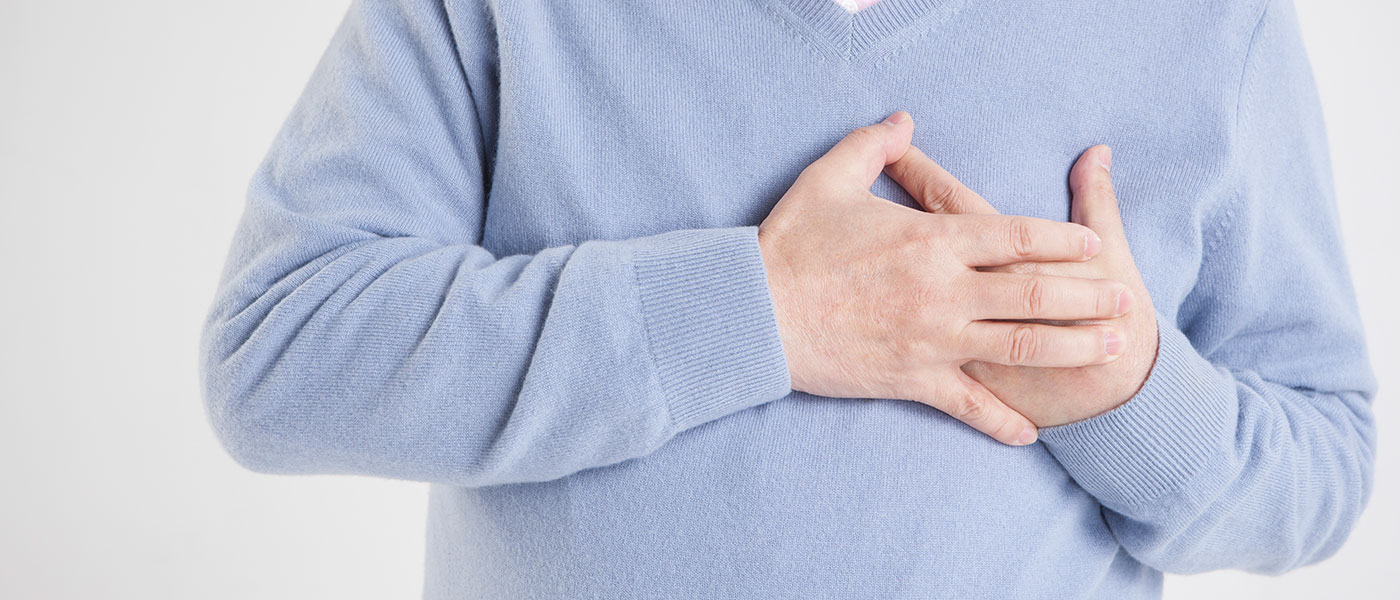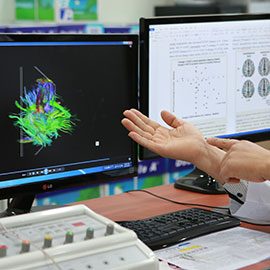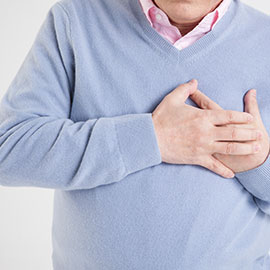'Arrhythmia'
An Irregular Heartbeat Signaling Danger
Dr. Ki-woon Kang, Professor of Cardiology, Daejeon Eulji Medical Center

We’ve all experienced our hearts racing all of a sudden at one time or another, and for some of us, it’s a signal that there is a problem. Many people, however, ignore this problem with the rhythm of the heartbeat – medically known as “arrhythmia” – thinking that it is something temporary, but this condition generally gets worse over time until symptoms such as the heart fluttering, discomfort in the chest, dizziness and fainting become pronounced. Arrhythmia, if left untreated, may lead to sudden death and thus requires special precautions. So let’s learn more about this potentially life-threatening condition from Dr. Ki-woon Kang, Professor of Cardiology at Daejeon Eulji Medical Center.



 Interview With
Interview With
 Medical Technology
Medical Technology
 City & Culture
City & Culture
 Food & Travel
Food & Travel
 Hot Issue
Hot Issue
 Health & Wellness Tips
Health & Wellness Tips